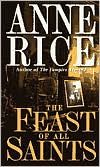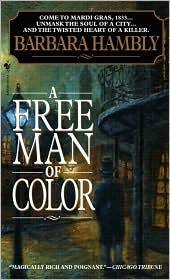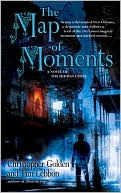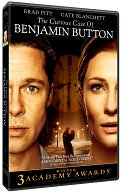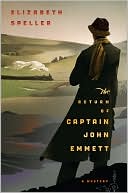 The Return of Captain John Emmett by Elizabeth Speller is a haunting story of lost men during a lost time–a story the lost generation of soldiers who only semi-returned from the trench warfare of World War I, and the between-the-wars limbo that was the 1920’s.
The Return of Captain John Emmett by Elizabeth Speller is a haunting story of lost men during a lost time–a story the lost generation of soldiers who only semi-returned from the trench warfare of World War I, and the between-the-wars limbo that was the 1920’s.
Today we call it “Post Traumatic Stress Disorder” or PTSD, as if giving things a name makes them easier to live with. In the immediate aftermath of WWI, it was simply called “shell-shock”, as though the shorter name meant it could be dismissed that much more easily.
Captain John Emmett returned from his war, whole in body, but not in spirit. He coped badly with the war, and even worse with the peace. His family institutionalized him after he attacked another veteran. When he escaped from the sanitarium, he committed suicide and left no note. His sister, thinking that he was improving, and certain that there must have been something more to her brother’s death, enlists one of his old school friends to investigate the circumstances of Emmett’s suicide.
Laurence Bartram came home from his war as shell-shocked as Emmett, but didn’t quite reach the institutional stage. He returned from his war a widower, his wife having died in childbirth on the day that his unit made it last assault. Wracked with guilt, he has been unable to restart a new life in peacetime. Mary Emmett’s request to investigate her brother’s death gives him a new purpose.
Bartram discoveries uncover mystery upon mystery. At first he believes he is looking into an unfortunate, but ultimately simple, suicide. It would not have been uncommon. But as he delves deeper, his investigations lead from peacetime back to the war he left behind. And from suicide to murder.
In peacetime it was called shell-shock. In wartime, it was called cowardice. On the front lines, an officer convicted of cowardice in the face of the enemy was court martialed and shot. In the British Army only three officers faced such firing squads during WWI. Emmett was the officer in charge of one, and he botched it. The war is over and all the men from that squad are being picked off, one by one. Those that survived the war, someone is making sure that they don’t survive the peace.
Escape Rating B+: After a slow start, this one grabbed me at the end and didn’t let go. Now I can’t stop thinking about it. The mixture of real history with fiction makes the story compelling. Also the touch of “real fiction”. One of the characters is reading Agatha Christie, and commenting on the similarities. But the pathos is in the characters of Emmett, Mary Emmett and Bartram. War is hell. Those young men had no idea what they were in for, and even less what to do when they got out. Combined with the incredible networking influence of the “Old School Ties”, both literal and figurative, and what happened to someone who didn’t have them. The historical notes at the end put the story in context. For fiction, this is too real. And war is still hell.

